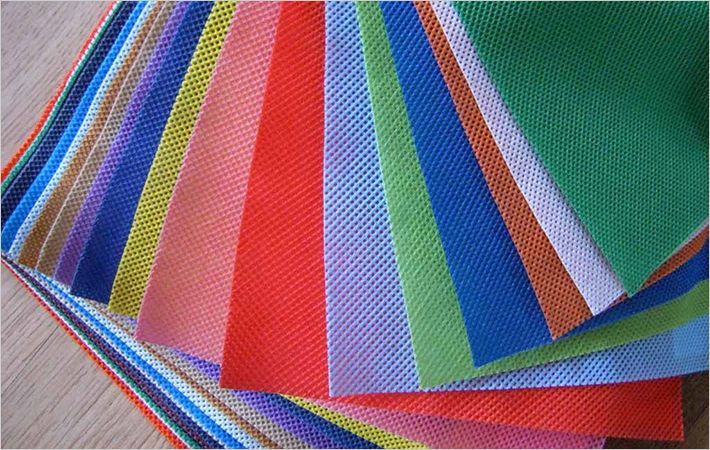Sales of natural fibres for use as reinforcement materials in composites in Europe could increase to 40,000 50,000 tons by 2015 compared with 20,000 tons in 2010, according to a report in the latest issue of Technical Textile Markets -- a quarterly publication from the global business information company Textiles Intelligence.
The global market for natural fibre composites reached a total value of US$2.1 bn in 2010, according to the USA-based market research company Lucintel, and demand for natural fibres and resins will continue to grow rapidly.Sales of natural fibres for use as reinforcement materials in composites in Europe could increase to 40,000 50,000 tons by 2015 compared with 20,000 tons in 2010, according to a report in the latest #
The major reasons for using natural fibres are to reduce weight, achieve a better environmental balance, reduce costs and manufacture complex structural elements.
Admittedly, questions have arisen about the cost benefit of natural alternatives and the added challenges of consistency in quality control.
However, it has been convincingly demonstrated by manufacturers and researchers that bio-based material composites can now be produced with major improvements in stiffness and strength.
Fibres such as flax and hemp have already penetrated the automotive industry, the construction industry and the sports and leisure industry, and continued innovation will open up further opportunities.
Much effort has gone into the development of such materials, and their performance has been proved in practice.
In addition, further reductions in cost and weight have been achieved in recent years, especially through the use of compression moulding.
Also, the automotive industry has shown growing interest in bio-based materials and lightweight constructions.
In the next two years, new models with considerably more interior parts made from natural fibre reinforcements will be released on to the market by almost all automotive companies.
New trends are already becoming apparent. Not only do automotive manufacturers want to use bio-based materials, but also they want to show them to their customers.
Up to now, natural fibre construction parts have been hidden. But in the near future, completely new surface effects will appear as natural fibres are used under transparent films or lacquers.
Moreover, environmentally friendly composites which contain 100% bio-based compounds are likely to appear soon in Japanese cars. Such materials will combine natural fibres with a plastics matrix made from a biopolymer such as PLA (polylactic acid) -- which can be derived from renewable resources such as corn starch or sugar cane -- or from bio-based polypropylene resin.
Textiles Intelligence

